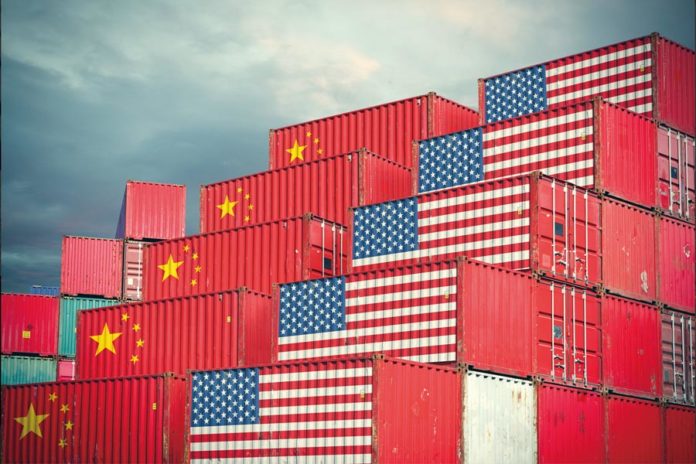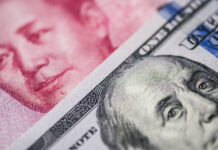According to Circular [2019] No. 2 (the Circular) released on 13 May 2019 by the Tariff Commission of the State Council (the Tariff Commission), which is a multiministerial board led by the Ministry of Finance (MoF), China has introduced a product exclusion process, officially launched on 3 June 2019. This is the equivalent of the product exclusion process already put in place by the US Trade Representative’s office, aiming to provide exemption from the Chinese retaliatory tariffs applicable to the US origin goods based on particular products.
We set forth below an overview of this exclusion process and our recommended strategies and immediate next steps for multinational corporations that sell US origin products to China.
Application overview
Eligible applicants. The eligible applicants, according to the Circular, include Chinese companies that import, manufacture or use the products concerned, as well as the related industry associations or chambers of commerce.
Under this definition, Chinese importers and end users of the in-scope products are clearly designated as eligible applicants for a product exclusion. Nevertheless, it is less clear whether and how a manufacturer of the US origin products sold to China can participate in this product exclusion process, independently from its Chinese importer, by designating a Chinese agent.
Based upon the new guide released on the MoF website, there is a requirement for an applicant to submit supporting documents, including, most notably, the selected customs declaration forms for the imports during the years of 2017 and 2018, as well as the first quarter of 2019.
As a result, a company that is a non-importer of the products concerned may not be able to file its request, unless it is provided with copies of the related customs declaration forms by an importer. However, the MoF guide does not specify the level of relevance required for the customs declaration forms and the non-importer’s operations. Nor does it confirm whether these customs declaration forms are allowed to be redacted to protect the business proprietary information. We understand that the MoF and the CCPIT will provide clearer guidance on these issues after they have gathered sufficient feedback from the potential applicants and refined their rules.
Another important point to consider is that the Circular “encourages” industry associations to file requests collectively on behalf of their individual members, in order to optimize the use of administrative resources. An applicant that has its name included in a request filed by an industry association is no longer eligible to file its own request directly with MoF.
Depending on further guidance to be provided by the Tariff Commission on the eligible Chinese party, which a foreign manufacturer can designate to file a request on its behalf, the “industry association” in this context most likely refers to a Chinese industry association or chamber of commerce, which is affiliated with Chinese government.
Application timelines. The Circular bifurcates the application timelines between (1) the US$50 billion worth of US products, on which China imposed retaliatory tariffs at 25% through two tariff lists, effective from July 2018 and August 2018, respectively (collectively batch one products), and (2) the US$60 billion worth of US products, on which China imposed retaliatory tariffs at rates ranging from 5% to 10%, effective from September 2018 (batch two products). The retaliatory tariffs applicable to batch two products are further divided into four lists and the applicable rates are expected to increase to up to 25% as of 1 June 2019.
The request period for the product exclusion of batch one products is from
3 June 2019 to 5 July 2019, and the request period for the product exclusion of batch two products is from 2 September 2019 to 18 October 2019.
Upon receipt of the requests, the Tariff Commission undertakes to examine the individual requests, conduct industry surveys and seek advice from subject matter experts, industry associations and government departments concerned, in order to render its final decision. The decision will be announced through the exclusion lists published by the Tariff Commission in due course. There have been no specific timelines for the publication of the final exclusion lists.
Procedural and substantive requirements for the submission. The request for product exclusion needs to be filed electronically through the designated MoF website. There is a designated form that the applicant is required to complete and upload to the MoF website, along with the related supporting documents.
The submission must be filed on a product-specific basis, with each product covering one eight-digit or lower level tariff category. Each submission should include the facts and related data to substantiate the following factors, which the MoF will consider in deciding whether to grant a product exclusion request:
- The difficulty in finding substitute products in alternative markets;
- The serious financial hardship caused on the applicant;
- The significant adverse impacts of the tariffs on the related industries, including the structural impacts on, among other aspects, the industrial development, technology advancement, employment and environmental protection, or the serious social consequences of the tariffs.
An application that fails to address all these three factors is deemed deficient and hence rejected because the answers to the questions in the designated form are incomplete.
Effects of the product exclusion. A product included in the exclusion lists may be, at the Tariff Commission’s option, either (1) an entire eight-digit-level tariff category, or (2) assigned with a specific 10-digit tariff code in order to be distinguished from the other products under the same eight-digit tariff category which are not excluded. The excluded products are exempt from the retaliatory tariff for one year starting from the date of publication of the exclusion lists, and the previously levied retaliatory tariffs may be refunded.
As such a process is product based, in the event the Tariff Commission grants an exclusion request, the exclusion will apply equally to all the same products imported into China.
You must be a
subscribersubscribersubscribersubscriber
to read this content, please
subscribesubscribesubscribesubscribe
today.
For group subscribers, please click here to access.
Interested in group subscription? Please contact us.






















